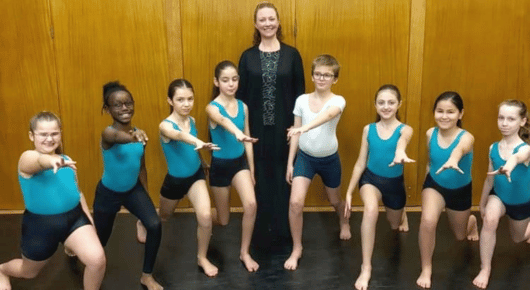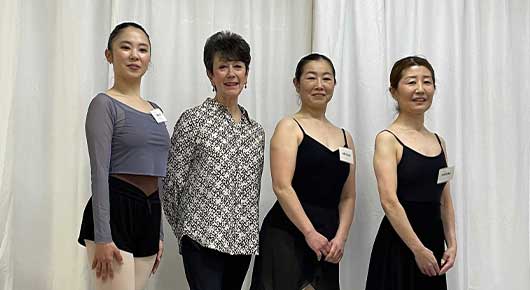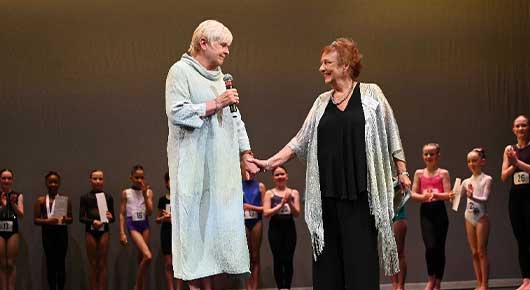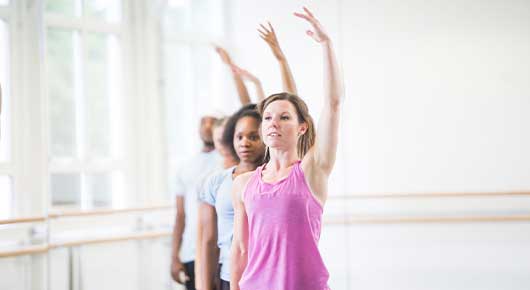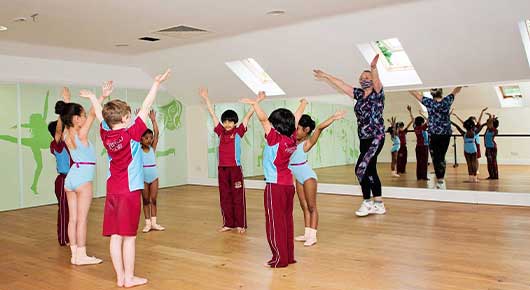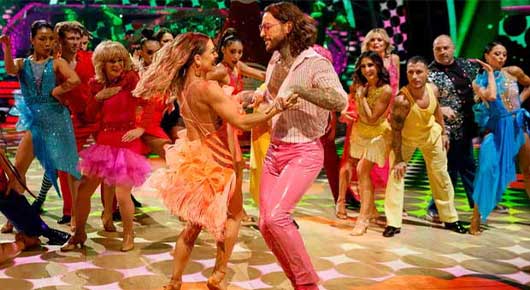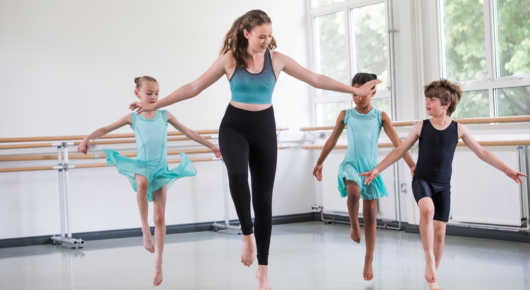18 February 2025
Waacking is a dynamic and expressive dance style that has carved its unique place in the world of dance, particularly within the LGBTQ+ community. With bold movements, exaggerated poses, and strong musicality, waacking has evolved through decades, influencing other sub-genres of street dance as well as sister styles such as voguing.
Where did waacking come from?
An evolution of the dance style Posing, Waacking (also known as Punking) traces its roots back to the vibrant ballroom and club scenes in 1970s Los Angeles, where LGBTQ+ communities sought safe spaces to express themselves and enjoy music.
The name 'waacking' is derived from the onomatopoeia 'whack' - a comic book-like reference to the sharp, striking movements of the arms and hands, often performed in sync with the music. The dance draws inspiration from various sources, including voguing, soul, and jazz, incorporating elements of self-expression, exaggerated gestures, and theatricality.
Contemporary waacking is a blend of both the old-school roots of the dance and the influences of hip-hop, locking and popping. It has evolved with new styles and interpretations while still remaining grounded in its signature elements. Today, waacking is celebrated as a dance form that allows dancers to explore personal expression, individuality, and confidence.
Waacking and dance
Waacking developed as a form of creative rebellion and expression, particularly among the LGBTQ+ Black and Latino communities of the west coast of the US, becoming a means for individuals to assert their identities, display confidence, and reject societal norms.
Unlike other dance styles of the time, which often followed structured or technical movements, waacking allowed dancers to break free from conventions and embrace their own unique style with elements of improvisation, a direct departure from more standardised dance formats.
The influence of Hollywood glamour also played a crucial role in waacking’s development. Dancers often used hand gestures to imitate the dramatic poses, facial expressions and dress of classic movie stars, such as Joan Crawford, Bette Davis, and Marilyn Monroe.
Inspirational figures
Tyrone 'The Bone' Proctor – A pioneer figure in waacking who played a pivotal role in its development in the 1970s, Proctor is often credited for introducing the dance to wider audiences, particularly through his performances with the dance group 'Outrageous Waack Dancers'. He once famously said “If you don’t understand the music, you will never understand the dance”.
Jeffrey Daniel - a dancer and choreographer famous well before his introduction to waacking, Daniel is notable for performing the 'moonwalk' on both British and American television before Michael Jackson popularised the move. Jeffrey was introduced to 'waackin' by Tyrone Proctor, and popularised the style even more with his position as backup dancer on Soul Train. He is thought to be the individual responsible for adding the 'g' to 'waacking'.
Kumari Suraj - nicknamed 'The Queen of Whacking Nuevo', Suraj is a modern dancer and choreographer forming part of the waacking resurgence of recent years. Her work first gained attention through YouTube videos, but later became a choreographer for So You Think You Can Dance.
Princess Lockerooo - a student of the Legendary Soul Train Dancer Tyrone Proctor, Princess Lockerooo have brought the art of Waacking to communities around the world, Her innovative and unique style of Propeller Waacking has thrilled audiences from all over the world since her showcase on So You Think You Can Dance (Season 8) and has inspired countless students throughout Asia, Europe, and beyond to study Waacking.
How can I learn more?
Waacking has come a long way from its roots in LA subcultures, and the style and its influences can be found in classrooms around the world as part of the ISTD's Street dance syllabus.
Find an ISTD qualified teacher in your area with Find a dance teacher to begin learning now.
